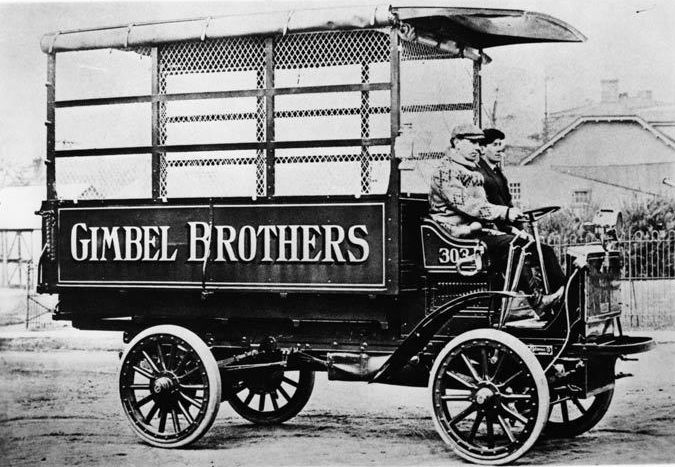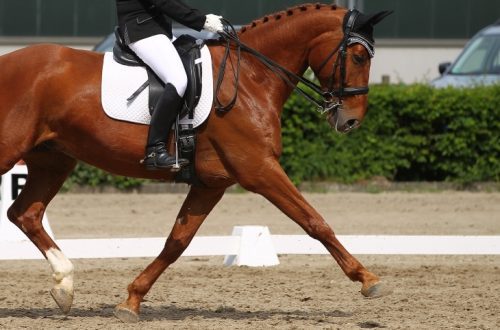
History of horse transport
History of horse transportation
Horses have served as transportation for humans since ancient times. But modernity has made its own adjustments, now people are already engaged in the transportation of horses.
We spend a lot of time thinking about horses, but we rarely ask ourselves, do horses think about us?
As they stand in the stalls quietly munching hay that costs as much as a ticket to an Adele concert, do they think about what these strange people are going to do to them tomorrow? On the one hand, the life of horses is very good. In civilized countries, they receive regular and high-quality food, fresh water, have comfortable living conditions, and their well-being is monitored around the clock. Step into the shower room at any stable and you’ll find plenty of hair and tail shampoos and a huge selection of conditioners and other essentials. All this for animals who consider their own manure to be the best pillow, especially if they have a light coat.
Now take a look at the feed storage. You will find much more than just oats or their substitutes. Modern sport horses get a lot of supplements and vitamins. You can also examine the contents of the first aid kit – most likely you will not find such an abundance of drugs.
I believe that we have a mutually beneficial cooperation with the horses – we give them care and nutrition, and they allow us to ride on their backs. I imagine how a sports horse lies on fresh sawdust in a spacious and bright stall and thinks: “Well, well … I have a massage this afternoon, tomorrow morning the farrier will come and give me a pedicure, and then my trainer will come and give me an individual occupation…”
Cooperation
In nature, horses live a completely different life. If the weather is cold or wet and they don’t have good shelter, they won’t be able to keep warm with concentrated calories. They need to put in a lot of effort to survive. Horses must graze endlessly to provide themselves with the required amount of calories. Added to all this is the threat from predators. To live, a horse needs to run or fight.
Through partnership with people, the horse gets comfortable conditions for existence, and it’s even amazing how much horses can endure in order to maintain cooperation with us. Our partnership began hundreds of years ago, horses plowed our fields, served as pack animals and took part in the fighting.
When people realized how valuable a horse was in combat, they began to transport horses from one place to another. To achieve this goal, it was necessary to find ways to overcome the instincts of the horse, especially the instinct of the behavior of the prey animal and claustrophobia. If you carefully examine the famous Bayonne tapestry, you were like horses transported across the English Channel in small boats. images of horses crossing the English Channel in very small boats.
Just imagine with what difficulty these horses were loaded into such unsuitable vessels. On these horses, William the Conqueror and his warriors won the battle of Hastings.
The conquistadors of Spain brought horses to the New World in the early 1500s. Horses helped in the search for gold and the enslavement of indigenous peoples. The animals crossed the Atlantic Ocean in ships, and upon arrival were terribly emaciated. One of the parts of the Atlantic is called Horse Latitudes – in this place, horses that could not endure a long journey were thrown overboard. At the end of the journey, the surviving horses were let overboard and swam to shore.
Transportation of horses by rail
Although horses naturally dislike closed, cramped, noisy, and bad-smelling environments, in the mid-1800s they were mainly transported by rail. The first time horses traveled by train in the United States was when General Thomas Jackson transported his troops to the site of the first Battle of Manassas. In Europe, horses were transported to the battlefield by train, starting in the mid-1850s.
Four years later, more than 12000 horses were sent from Washington after the Civil War End Parade. Mankind has undoubtedly solved the problem of moving large groups of animals from place to place.
Parade along Pennsylvania Avenue May 23-24, 1865. It took the troops 2 days to reach the Capitol (seen in the background). The cavalry consisted of more than 12000 heads and stretched for 7 miles. General George A. Custer, riding a thoroughbred Don Juan, also took part in this parade. Perhaps Don Juan was frightened of the dog (Jack Russell Terrier in the photo on the right) and brought confusion to the orderly ranks. General Custer could not even salute President Andrew Johnson and General Grant in the parade. But the latter treated this fact condescendingly. Within a week, all 12000 horses were transported by rail to their new stables.
Transportation of horses by sea
The railroad fully satisfied the need to transport horses within the country at the end of the 19th century. But when the question arose of moving horses from America to Europe for their participation in the Olympic Games, people began to use ships. The horses traveled by sea from 1912 to 1956. Fortunately, since the time of the conquistadors, ships have become more comfortable. Yes, and the well-being of horses paid great attention. The ships were equipped with paths for walking horses in order to maintain their physical shape. Also, original walkers and treadmills were installed.
Air transportation
The United States equestrian Olympic team first flew to Europe in 1956 for the Olympic Games in Stockholm. Transportation by air has one big plus – it reduces travel time. However, initially air transportation had many disadvantages. The first planes used to transport horses were slow, noisy and dark. The containers did not meet the requirements for transporting horses – they were made of plywood and opened from the top (the horses were loaded onto the plane, and a plywood box was closed around them). The ceiling of the plane was very low – the horse could hit his head and panic.
Over time, transportation conditions improved, more attention was paid to the safety and comfort of animals. A significant breakthrough was the system for loading horses already in individual containers into the aircraft.
Modern containers for transporting horses by air have become much safer and more comfortable, they reduce transport stress to a minimum. In the photo, one of the best dressage Grand Prix horses, Valegro, leaves his container upon arrival at the 2015 World Championship Final in Las Vegas. Valegro is absolutely calm, and there is not a single sign of stress on his face. Subsequently, he was able to successfully perform in the tournament, receiving maximum points for almost every movement.
But in 1964, an accident happened. The US Olympic team was heading to Tokyo. Between JFK and O’Hare airports, Mike Plumb’s horse Markham panicked and tried to jump out of his container. Attempts to calm and restrain the horse failed, and it had to be euthanized. It was not possible to leave the horse alive, as it had already half escaped from its box and hit the porthole with its hoof. The resulting crack on the next impact could lead to depressurization of the compartment in flight, which would have catastrophic consequences. After a short crash landing at O’Hare Airport, the rest of the team was able to continue on their way to Tokyo…
I got my first experience of transporting a horse by air only four years after this tragedy. I was very worried about my horse Henry – he was so tall that his ears touched the ceiling, but everything turned out well, and we successfully unloaded at the airport.
We traveled together many more times, and every time I watched the airplane lock close behind Henry, I thought how trusting and kind the horses were towards us.
1956 Horses from the U.S. Olympic Equestrian Team are loaded aboard an aircraft for the first time. Destination – Stockholm. In fact, the Olympic Games were then held in Melbourne (Australia), but due to quarantine conditions, the Equestrian Tournaments were held in Sweden, the site of the 1912 Olympic Games. Frank Chapot, future Olympic medalist and captain of the team that will win Olympic gold, brings a horse named Bellair on board. The horses were placed in individual stalls with plywood partitions. Frank said that they were not met by horse carriers at the airport – the athletes simply unloaded their horses and suitcases with ammunition, unpacked, saddled and rode to the Olympic stable. I doubt that modern horsemen would be able to repeat this.
Jim Wofford; translation by Valeria Smirnova (source)





